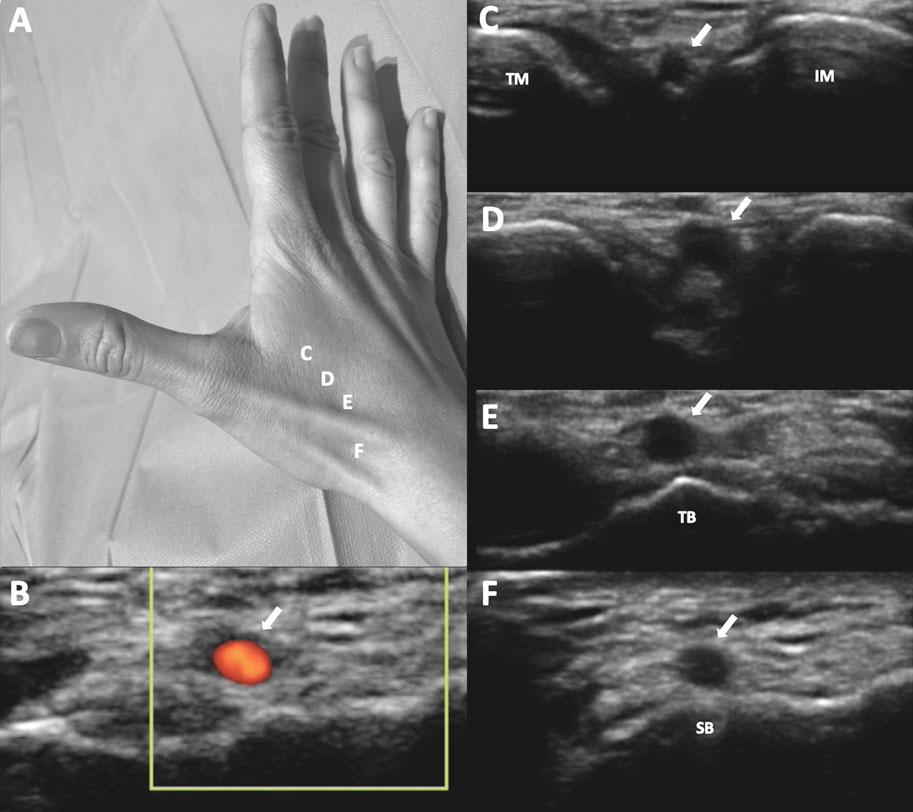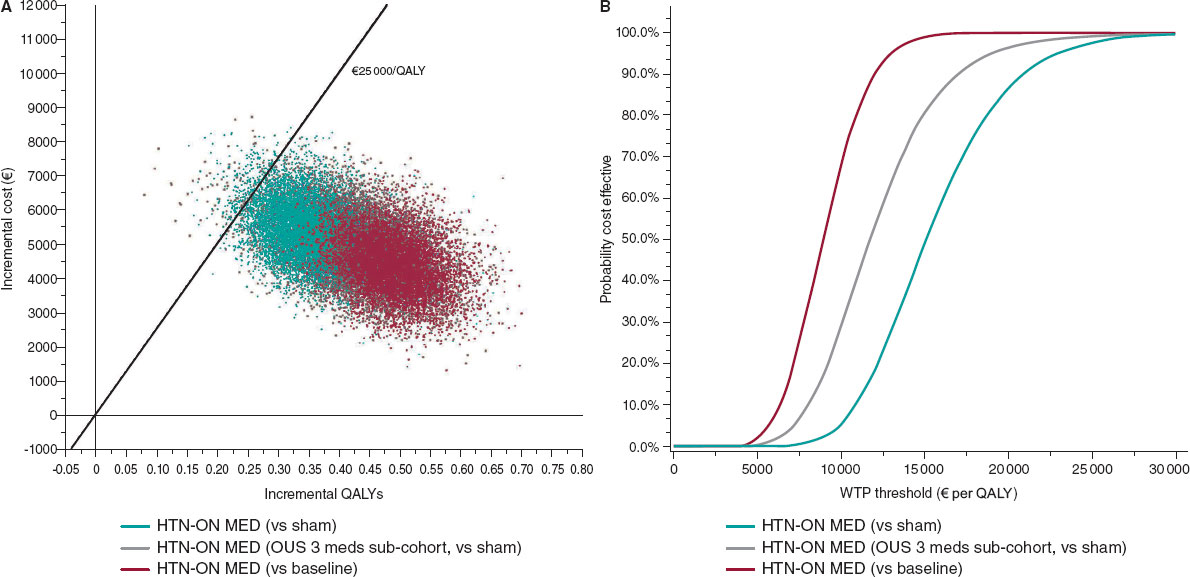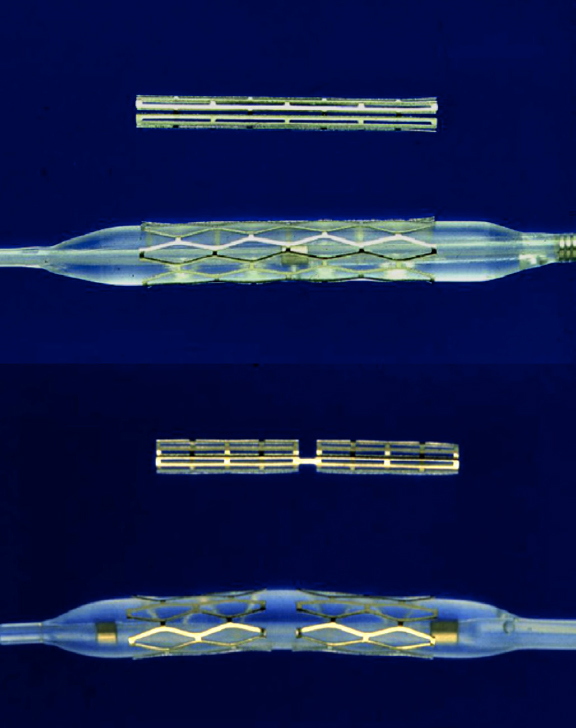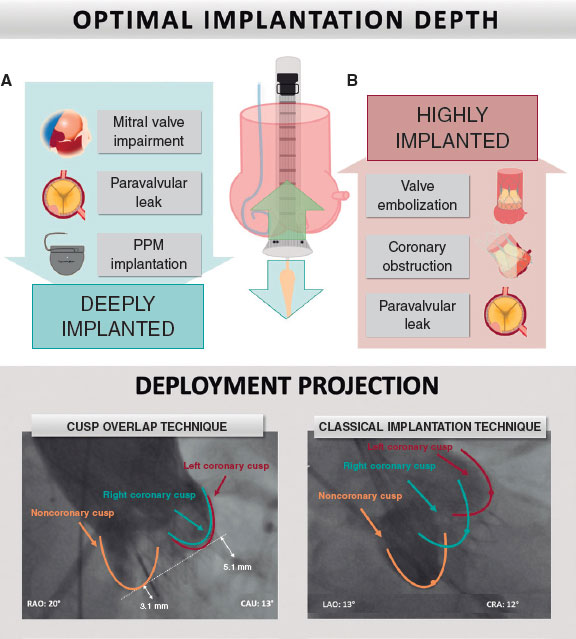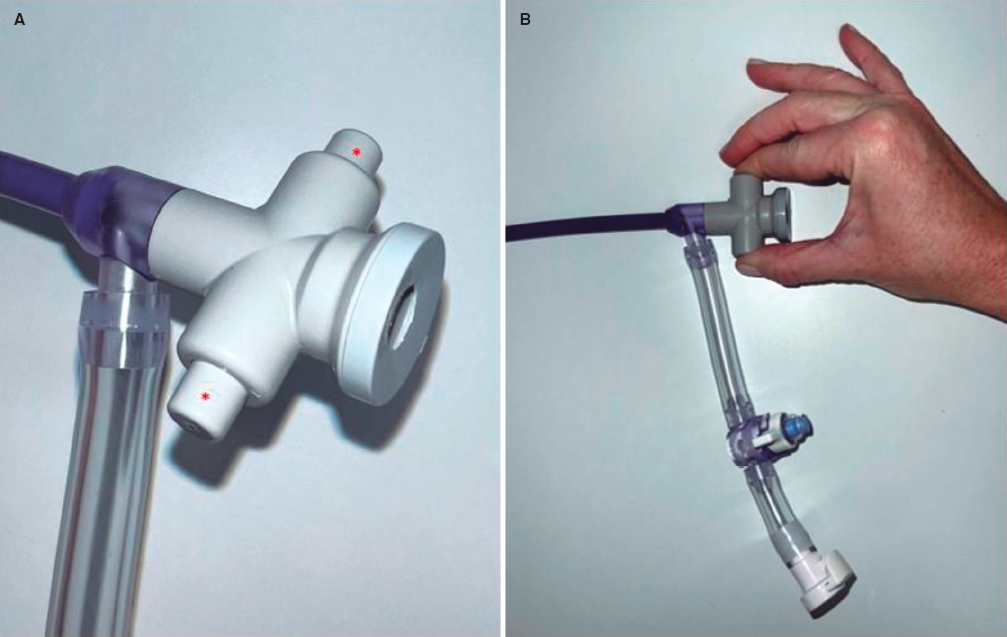Talking about innovation can be confusing. The term “innovation” is used to refer to many different things and proof of this is the large number of different definitions currently available. In any case, innovation is almost a magical word often hiding huge expectations of possible solutions to the great challenges posed by society and that have a dramatic impact on healthcare. We present some of the current trends and reflections affecting the Spanish healthcare system providers.
INNOVATION: GENERATING THE PRODUCT
At this point in time, talking about lists in relation to research and development (R+D) and its situation in Spain is an obvious and overused argument these days. Figures are well-known, have already been confirmed, are widely accepted, and have showed room for improvement over the last few decades: our country ranks high in research but runs low on R+D funding (high efficiency), especially in the private sector (mainly related to the business structure of small and medium-sized enterprises) but innovation still lags behind. Coming to terms with the specific weight of the different possible causes for this gap between research and innovation (culture, funding, education, regulation, etc.) is even harder.1
The impact of a disadvantaged situation in innovation is relevant: we do not invent, so we never own what we need (understood as a product manufactured and marketed by Spanish companies), which means we have to import it. Regarding health—where the impact of technology and drugs is huge—the effect the trade balance may have is considerable. Undubitably, this is a field where the activity of the Spanish healthcare system as a country that generates products, patents or companies may have a significant economic impact.2,3
INNOVATION: INTRODUCING THE PRODUCT
Advances in medicine are the key to improve disease management and prevention. The speed at which new products like drugs, devices, machines, diagnostic procedures, etc. are available is now greater than ever. These advances are considered innovation and they become part of the therapeutic arsenal available after an often very expensive process of development where proprietary companies make big investments. The cost of these new products is sometimes considerable and their benefits in terms of incremental net health benefit do not usually match costs and are often limited. Two examples of striking innovations that have recently impacted the media because of their potential cost are the CAR T-cell therapy and proton radiotherapy. Another recent example of great therapeutic innovation is the curative treatment of hepatitis C. The total artificial heart is unquestionably relevant innovation in cardiology. The developing speed of technologies like 3D printing, artificial intelligence, big data, digital health or tele-healthcare forces us to understand what they are good for before implementing them in health organizations and also to assess their impact in the system. In these innovations, price, complexity, conditions of use, and effects greatly condition their use.
INNOVATION: USING THE PRODUCT
Management experts have been anticipating the arrival of a sustainable prevention healthcare model for decades because of the constant growth of healthcare spending due to a number of reasons: higher costs in healthcare innovation, increased chronicity and longevity, and greater expectations from the population.
Patients live longer but they also remain sick longer, and every month of life gained equals higher costs. Although this statement has several exceptions, it forces us to identify those patients who can live disease-free for longer, or, at least, not dependant on the healthcare system. Also, it shows what innovations bring real value both in general and particular terms. Precision medicine and innovation in management play a big role. Both concepts can be considered a spectral continuum in the decision-making process. On the other hand, knowing that these innovations are cost-effective is no longer enough; now it is required to know what their real impact is on population health outcomes like quality of life and disease progression. This is how the Spanish healthcare system is moving forward with the great challenge posed by value-based medicine.4
INNOVATION: ORGANIZATION AND HEALTH PROFESSIONALS
There are 3 different scenarios regarding innovation: production, introduction, and use. These 3 settings require 3 different fields of expert knowledge —innovation manager, health professional, and healthcare manager— with significant overlapping that still coincides in information systems and new data management. In this context, the great expectations generated by big data and artificial intelligence should not be a surprise. These are true innovations to help us make decisions, prioritize efforts, speed up healthcare processes, reduce the load of tasks with no added value for health professionals, and eventually focus on personal attention.5
Beyond the traditional concept of product understood as technology—devices or drugs—healthcare providers have always been involved by generating solutions in their setting adapted to their working framework and using the existing resources based on process innovation. Healthcare providers can change the way things are done, most of the time intuitively, and then adapt them to their setting thanks to years of experience. They often give their opinion on current needs and possible solutions to different settings. They also happen to be right most of the time.
This may be an organizational innovation we must face: to hear what health professionals have to say to share the decision-making process with them. Also, to support them in complex priority decision-making processes caused by limited resources in a society with growing well-being demands. It is the healthcare institutions that need to move towards more intelligent and collaborative ecosystems to promote a culture of innovation. Innovative ideas have always been there; time has come to listen to the people who had these ideas, evaluate them rigorously, focus on the impact they have on health outcomes, and promote innovation.6-8
FUTURE PERSPECTIVES
The road towards innovation is a long one and changing the productive model and the culture of an entire country is a huge challenge. However, over the last few decades, it has been proven that we can change the Spanish model of producing science together. Why not do the same thing with innovation?
Let’s give ourselves the time and opportunity to innovate in health, instead of letting others do the job. Let’s be us who, with our own knowledge, improve our healthcare system, one of the world’s most efficient healthcare systems now facing huge challenges ahead.9
FUNDING
The authors have received funding from the Medical Technology Innovation Platform (ITEMAS) (PTR2018.001071, PT17/0005/0036) sponsored by the Instituto de Salud Carlos III. Project co-funded by the European Regional Development Fund (ERDF).
CONFLICTS OF INTEREST
None declared.
REFERENCES
1. Fundación Cotec. Informe Cotec 2019. Innovación en España. Madrid:Fundación Cotec para la Innovación;2019.
2. Mulet J. Política de innovación para España. Necesidad y condicionantes. Fedea Policy Papers. 2016. Available online:http://documentos.fedea.net/pubs/fpp/2016/07/FPP2016-12.pdf. Accessed 25 Oct 2019.
3. Aloini D, Martini A. Exploring the exploratory search for innovation:a structural equation modelling test for practices and performance. Int J Technol Manage. 2013;61:23-46.
4. Barge-Gil A, Modrego A. The impact of research and technology organizations on firm competitiveness:Measurement and determinants. J Technol Transfer. 2011;36;61-83.
5. Bason C, ed. Leading public sector innovation. Co-creating for a better society. 2nd ed. Bristol:Poliy Press;2018.
6. Pan SW, Stein G, Bayus B, et al. Systematic review of innovation design contests for health:spurring innovation and mass engagement. BMJ Innov. 2017;3:227-237.
7. Bergeron K, Abdi S, DeCorby K, Mensah G, Rempel B, Manson H. Theories, models and frameworks used in capacity building interventions relevant to public health:a systematic review. BMC Public Health. 2017;17:914.
8. Allen JD, Towne SD Jr, Maxwell AE, et al. Measures of organizational characteristics associated with adoption and/or implementation of innovations:A systematic review. BMC Health Serv Res. 2017;17:591.
9. GBD 2016 Healthcare Access and Quality Collaborators. Measuring performance on the Healthcare Access and Quality Index for 195 countries and territories and selected subnational locations:a systematic analysis from the Global Burden of Disease Study 2016. Lancet. 2018;391:2236.
Corresponding author: Edificio IDIVAL, Avda. Cardenal Herrera Oria s/n, 39011 Santander, Cantabria, Spain.
E-mail address: direccion@idival.org (G. Peralta Fernández).



